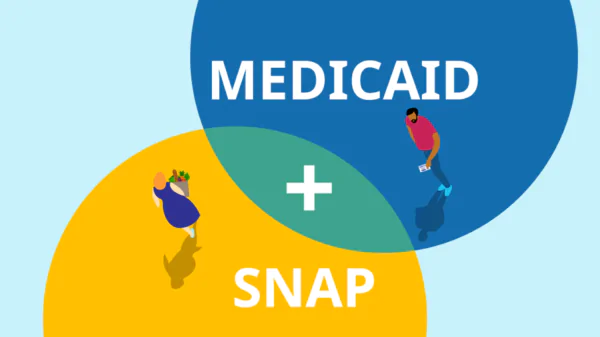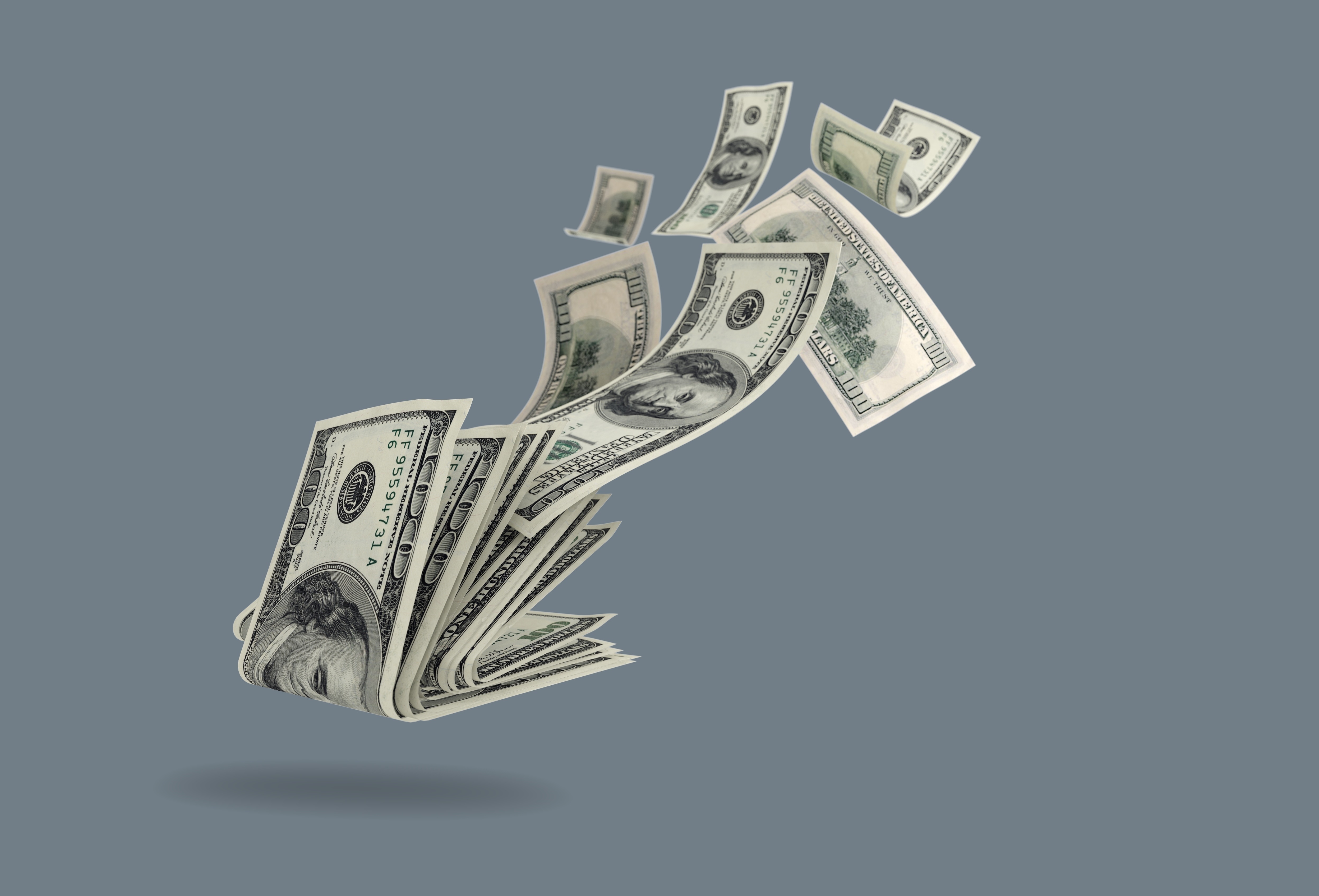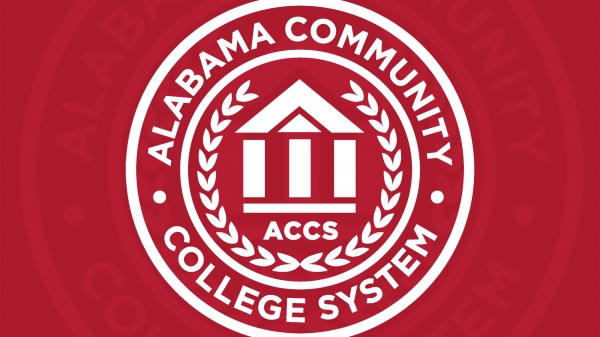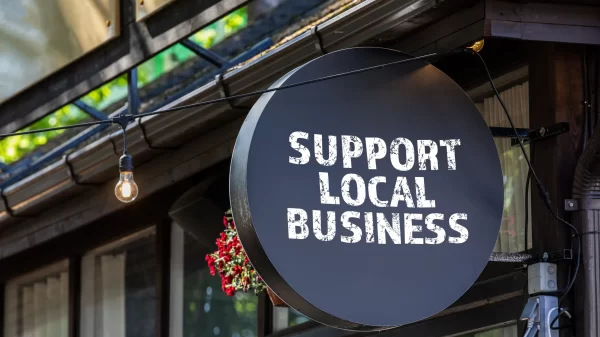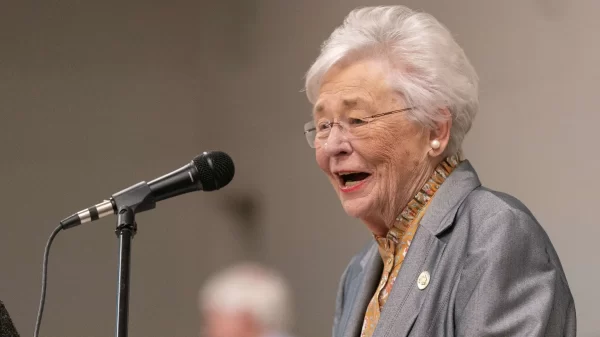NFIB State Director Rosemary Elebash says the latest NFIB Small Business Optimism Index underscores the challenges that continue to face local businesses throughout Alabama.
“Small business owners need certainty. They don’t want to invest in new equipment or grow their staffs unless they believe the economy is healthy and likely to stay that way, but global issues like inflation and supply chain disruptions continue to undermine their confidence,” Elebash said. “On top of that, many of our members say they’re still having trouble finding people to work, which is causing them to cut back on the services they provide and their hours of operation.”
The NFIB Small Business Optimism Index increased 0.5 points in January to 90.3, remaining below the 49-year average of 98. Down six points from last month, 26 percent of owners reported inflation was their single most important problem in operating their business. Owners expecting better business conditions over the next six months improved six points from December to a net negative 45 percent.
”While inflation is starting to ease for small businesses, owners remain cynical about future business conditions,” said NFIB Chief Economist Bill Dunkelberg. “Owners have a negative outlook on the small business economy but continue to try to fill open positions and return to a full staff to improve productivity.”
Key findings of the nationwide survey include:
- Forty-five percent of owners reported job openings that were hard to fill, up four points from December, remaining historically very high.
- The net percent of owners raising average selling prices decreased one point to a net 42 percent seasonally adjusted, too high for a 2 percent target.
- The net percentage of owners who expect real sales to be higher worsened by four points from December to a net negative 14 percent.
NFIB’s monthly jobs report said 57 percent of owners reported hiring or trying to hire in January. Of those hiring or trying to hire, 91 percent of owners reported few or no qualified applicants for the positions they were trying to fill.
Fifty-nine percent of owners reported capital outlays in the last six months, up four points from December, a positive development. Of those making expenditures, 42 percent reported spending on new equipment, 24 percent acquired vehicles, and 11 percent spent money on new fixtures and furniture. Fourteen percent improved or expanded facilities and 8 percent acquired new buildings or land for expansion. Twenty-one percent of owners plan capital outlays in the next few months.
A net negative 4 percent of all owners (seasonally adjusted) reported higher nominal sales in the past three months, four points better than December but still negative. The net percent of owners expecting higher real sales volumes deteriorated four points to a net negative 14 percent. Overall, a weak set of sales conditions.
The net percent of owners reporting inventory increases rose six points to a net 6 percent. Accumulation is starting now that supply problems are being resolved and consumer spending has eased. Not seasonally adjusted, 17 percent reported increases in stocks and 17 percent reported reductions. Twenty-five percent of owners recently reported that supply chain disruptions have had a significant impact on their business.
A net negative 1 percent of owners viewed current inventory stocks as “too low” in January, down two points from December. By industry, shortages are reported most frequently in wholesale (14 percent), retail (13 percent), manufacturing (11 percent), and finance (10 percent). A net negative 8 percent of owners plan inventory investment in the coming months, four points weaker than in December, foreshadowing a reduction in orders for new stocks.
The net percent of owners raising average selling prices decreased one point from December to a net 42 percent seasonally adjusted, the lowest since May 2021 but far too high to be consistent with 2 percent inflation, the Fed’s goal. Unadjusted, 10 percent reported lower average selling prices and 51 percent reported higher average prices. Price hikes were the most frequent in construction (62 percent higher, 4 percent lower), retail (60 percent higher, 9 percent lower), wholesale (58 percent higher, 8 percent lower), and transportation (53 percent higher, 10 percent lower). Seasonally adjusted, a net 29 percent plan price hikes.
Seasonally adjusted, a net 46 percent of owners reported raising compensation. While other input costs are falling labor costs are resisting. A net 22 percent plan to raise compensation in the next three months, down five points from December. Ten percent of owners cited labor costs as their top business problem and 24 percent said labor quality was their top business problem.
The frequency of reports of positive profit trends was a net negative 26 percent , four points better than in December. Among owners reporting lower profits, 27 percent blamed weaker sales, 26 percent blamed the rise in the cost of materials, 15 percent cited the usual seasonal change, 11 percent cited labor costs, 10 percent cited lower profits, and 2 percent cited higher taxes or regulatory costs. For owners reporting higher profits, 53 percent credited sales volumes, 23 percent cited usual seasonal change, 11 percent cited higher prices.
Two percent of owners reported that all their borrowing needs were not satisfied. Twenty-six percent reported all credit needs met and 60 percent said they were not interested in a loan. Loan interest rates have started to rise sharply in response to Fed policy changes.
The NFIB Research Center has collected Small Business Economic Trends data with quarterly surveys since the 4th quarter of 1973 and monthly surveys since 1986. Survey respondents are randomly drawn from NFIB’s membership. The report is released on the second Tuesday of each month. This survey was conducted in January 2023.




















